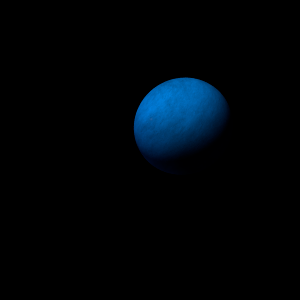|
|
Space Astro
|
Info for exoplanet "Qyilwud Yang"
| Scientific (actual) data |
|---|
| Name | Kepler-116 c |
| Planet status | Confirmed |
| Radius | 0.205 |
| Orbital period | 13.0716 |
| Semi major axis | 0.116 |
| Discovered | 2014 |
| Updated | 2021-02-05 |
| Tconj | 2454980 |
| Impact parameter | 0.19 |
| Publication | Announced on a website |
| Detection type | Primary Transit |
| Alternate names | 2MASS J19385809+4332126 c, K00171.02, KIC 7831264 c, KOI-171 c, KOI-171.02, WISE J193858.09+433212.4 c |
| Star name | Kepler-116 |
| Right ascension | 294.74° |
| Declination | 43.54° |
| Mag j | 12.703 |
| Mag h | 12.486 |
| Mag k | 12.383 |
| Star distance | 982.04 |
| Star metallicity | -0.064 |
| Star mass | 1.16 |
| Star radius | 1.45 |
| Star temperature | 6142 |
| Star alternate names | 2MASS J19385809+4332126, KIC 7831264, KOI-171, WISE J193858.09+433212.4 |
| Wikipedia article | Kepler-116 c |
Back
| |
| Fictional info (?) |
|---|
| Suggested name | Qyilwud Yang |
| Planet type | Terrestrial |
|
| Atmosphere | Helium | 74% |
| Methane | 24% |
| Hydrogen peroxide | 0.63% |
| Atmospheric pressure | 21 bar |
 |
| Moon | Chyang | Medium-sized round gaseous planetoid |
| Zhoulou | Small irregular gaseous asteroid |
| Wengh | Large almost round ice planetoid |
| Xwan Rerf You | Very small round gaseous moon |
| Yyos | Medium-sized round rocky asteroid |
| Qangm Wak | Huge slightly egg-shaped oceanic comet |
| Google search for Qyilwud yang |
|
Website by Joachim Michaelis
|
|
|
|